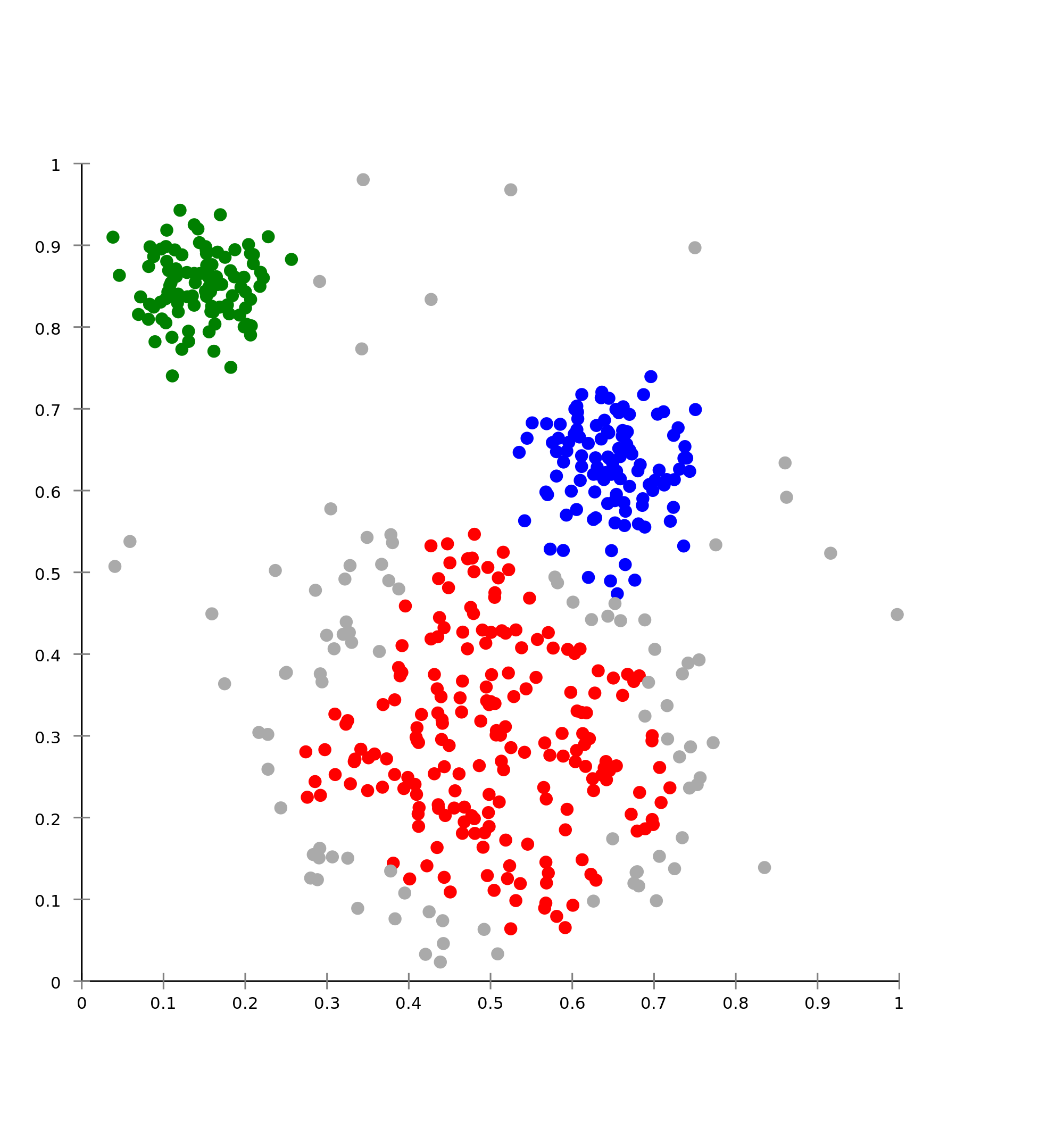Cluster Analysis
What is a cluster analysis?
"For goals within the verbal information domain, conduct
an 'elaboration analysis,' or 'cluster analysis'" (Oliver, 2002, section
3, para. 3). A cluster analysis is used to analyze verbal information skills
where no logical order is required to meet the stated goal(s) (Muffoletto,
2000).
How do I conduct a cluster analysis?
Before conducting a cluster analysis, an instructional designer
needs to first ask if there is a logical order to the steps needed to meet
the goal. After determining there is no logical order needed to meet the goal,
the next step for the designer is to identify the clusters or categories of
information in each step. Oliver (2002) suggests the following procedure when
analyzing goals within the verbal information domain.
Can I see an example of a cluster analysis?
Please see the graph below:
What examples are in the literature?
Yousef, A. M. F., Chatti, M. A., Wosnitza, M., & Schroeder, U. (2015). A cluster analysis of MOOC stakeholder perspectives.
RUSC Universities and Knowledge Society Journal, 12(1), 74-90. Retrieved from http://journals.uoc.edu/index.php/rusc/article/view/v12n1-yousef-chatti-wosnitza-schroeder/v12n1-yousef-chatti-wosnitza-schroeder-en.
Kerr, D. &, Chung, G. K.(2012). Using cluster analysis to extend usability testing to instructional content. Retrieved
from https://www.cse.ucla.edu/products/reports/R816.pdf.
Task Analysis
